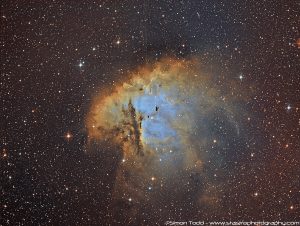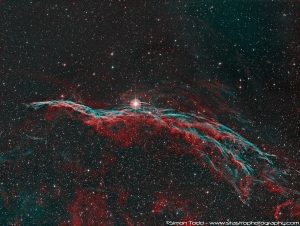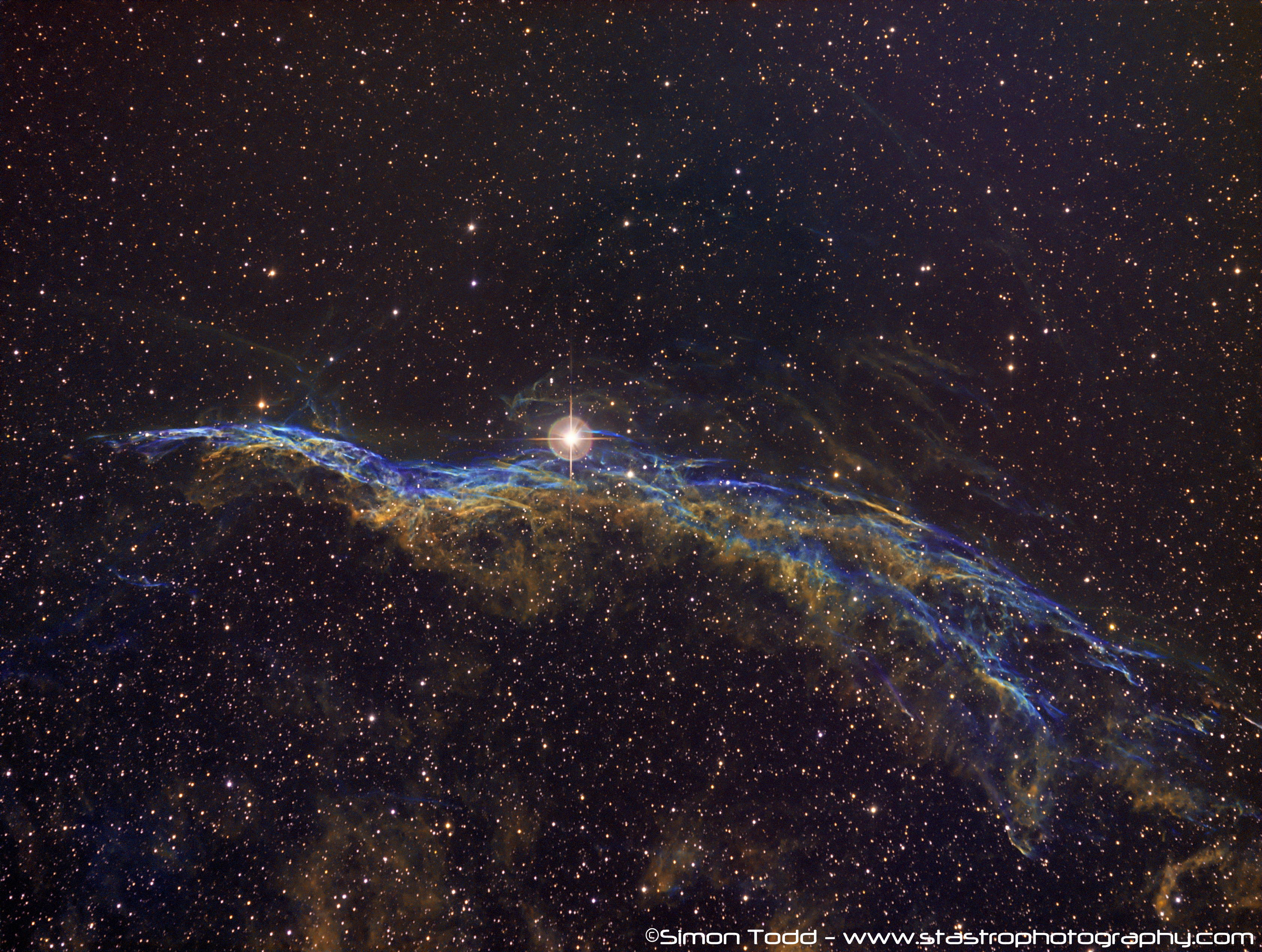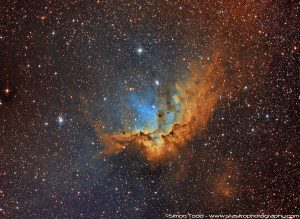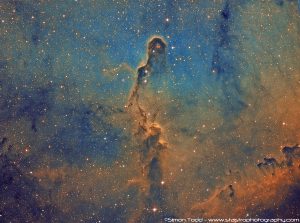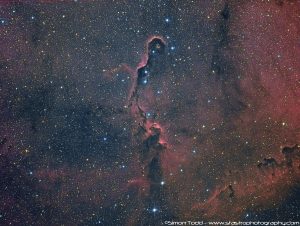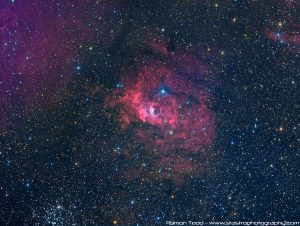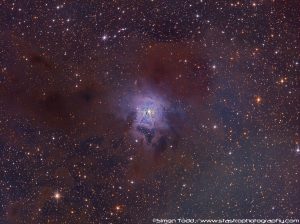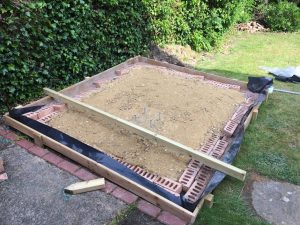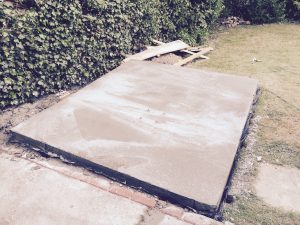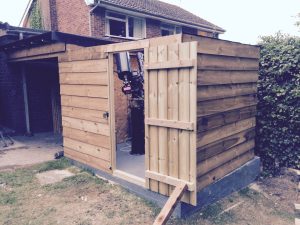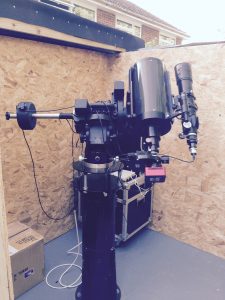NGC281 – Pacman Nebula
NGC 281 is located in the constellation of Cassiopeia and part of the Perseus Spiral Arm. It includes the open cluster IC 1590, the multiple star HD 5005, and several Bok globules. Colloquially, NGC 281 is also known as the Pacman Nebula for its resemblance to the video game character.
The Image consists of
21x600S in SII – Mapped to Red
21x600S in HA – Mapped to Green
21x600S in OIII – Mapped to Blue
25 Darks and Flats
The HA Channel was also used as a Luminosity layer
Equipment Used
Mount: Sky-Watcher EQ8 Pro
Imaging Camera: Atik Cameras 383L+ Mono CCD Cooled to -20C
Imaging Scope: Sky-Watcher Quattro 8-CF 8″ F4 Newtonian
Coma Corrector: Sky-Watcher Aplanatic Coma Corrector
Guide Camera: Qhyccd QHY5L-II
Guide Scope: Celestron Telescopes C80ED Refractor
Filter Wheel: Starlight Xpress Ltd 7x36mm EFW
Filters: Baader Planetarium 7nm HA, OIII and SII 36mm unmounted
Software Used:
Image Acquisition: Main Sequence Software Sequence Generator Pro
Guiding: PHD2
Stacking and Pre-Processing: Maxim-DL
Post Processing: Photoshop, Noise Ninja


